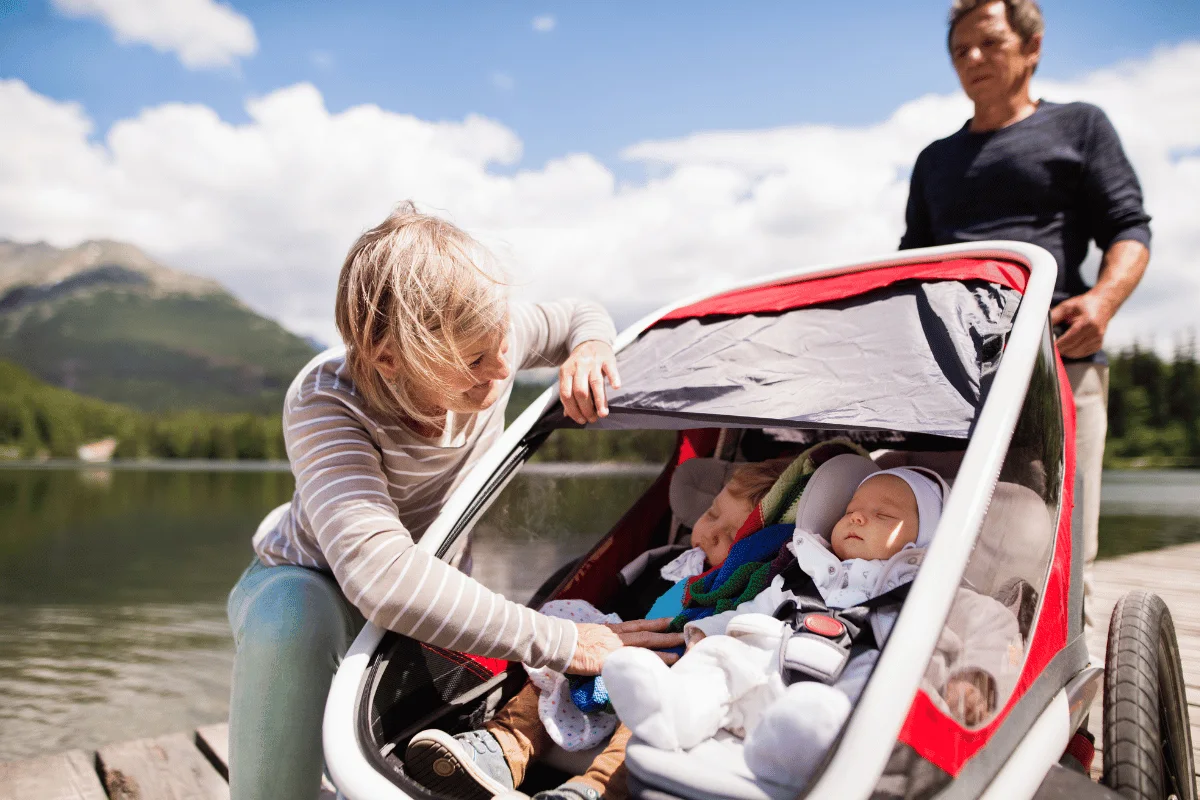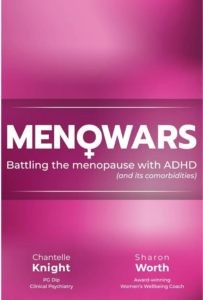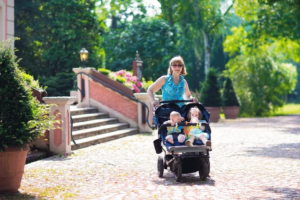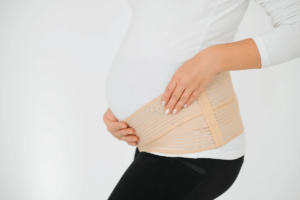Choosing a stroller is one of the most important decisions you’ll make as a parent. From maternity to motherhood, while convenience, style, and storage are important, safety should always come first. A stroller that looks sturdy may not necessarily protect your baby if it lacks the right safety features or if it is used incorrectly. This guide provides comprehensive, research-based tips to help you select the safest stroller for your baby, ensuring peace of mind during every outing.

Why Stroller Safety Matters
Strollers are essential for transporting babies safely, but accidents can happen if a stroller is poorly designed, misused, or not maintained properly. Consider the following:
- Injury Statistics: In the United States, about two children per hour are injured while using strollers or infant carriers, sometimes requiring hospitalization.
- Tip-Over Risks: Many accidents occur due to tipping over when heavy objects are hung on handles or when navigating uneven surfaces.
- Infant Vulnerability: Infants under 12 months are especially at risk for falls or suffocation if the stroller is not reclined properly or if restraints are not used correctly.
Because of these risks, regulatory bodies such as the U.S. Consumer Product Safety Commission (CPSC) enforce mandatory standards, including ASTM F833, to help ensure that strollers meet basic safety requirements.
Key Safety Features to Look For
When selecting a stroller, evaluating its safety features is crucial. Here’s what to focus on:
1. Certified Safety Standards
Always check whether the stroller meets recognized safety standards:
- ASTM F833 (U.S.): Ensures stability, restraint system reliability, and structural integrity.
- EN 1888 (Europe): Provides safety testing for frame strength, harnesses, and wheel performance.
- Children’s Product Certificate (CPC): Confirms manufacturer compliance.
Strollers meeting these standards are tested for tipping risks, harness strength, braking reliability, and fold/unfold safety.
2. Harness System
A proper restraint system is one of the most important safety features.
- Five-Point Harness: Should include shoulder straps, waist straps, and a between-the-legs strap to prevent the baby from sliding out.
- Adjustability: Harnesses should fit snugly and be easy to adjust as your child grows.
- Strap Covers: Protect the baby’s skin from irritation.
- Ease of Use: Should be simple for parents to buckle but difficult for a child to unfasten.
Without a proper harness, even a minor jolt can result in injury, especially on uneven surfaces.
3. Frame Stability and Tipping Prevention
Frame stability is critical to prevent accidents:
- Wide Base: A wider base reduces the risk of tipping.
- Low Center of Gravity: Helps keep the stroller stable even on inclines or uneven terrain.
- Avoid Handle Overloading: Do not hang heavy bags; use the storage basket instead.
Testing a stroller by applying weight on the handle before purchase can give you a good sense of stability.
4. Brakes and Wheel Locks
A stroller must remain stationary when parked:
- Dual Rear Wheel Brakes: Engage both rear wheels simultaneously for secure parking.
- Front Swivel Lock: Prevents the stroller from rolling unintentionally.
- Foot-Operated Levers: Allow quick and convenient braking while hands remain on the handle.
- Two-Step Locking System: Adds an extra layer of protection against accidental folding.
Reliable brakes prevent stroller movement on slopes, preventing accidents or tip-overs.
5. Folding Mechanisms and Pinch Protection
Many injuries occur during folding/unfolding:
- Pinch-Free Design: Ensure the stroller has guards to prevent fingers from being caught.
- Safety Locks: Folding mechanisms should require deliberate action.
- Distance from Child: Always fold/unfold the stroller away from your baby.
Simple design improvements, like a one-hand fold with protective panels, can reduce injuries significantly.
6. Wheel Safety and Entrapment Prevention
Wheels can be a hazard if not properly designed:
- Finger Entrapment: Avoid exposed spokes or gears where a baby’s fingers could get caught.
- Secure Wheel Attachments: Check that wheels are firmly attached and free from looseness.
- Shock Absorption: Ensures a smoother ride and reduces jostling for infants.
Regular inspection of wheel attachments and brakes is essential for ongoing safety.
7. Recline and Infant Compatibility
Newborns require special considerations:
- Lie-Flat Position: Infants under six months should have a flat or fully reclined seat to support spinal and head development.
- Car Seat Compatibility: If using a car seat with a stroller, ensure secure attachment and proper angle.
- Short Duration in Car Seat Mode: Car seats are designed for travel, not extended resting, to reduce breathing risks.
Always prioritize infant support over convenience features like upright seating.
8. Sun Shade, Ventilation, and Heat Safety
Baby comfort and safety also involve environmental protection:
- UV Protection Canopy: Shields baby from harmful sun rays.
- Ventilated Panels: Improve airflow and prevent overheating.
- Avoid Heavy Covers: Using blankets to block the sun can trap heat and create suffocation risk.
Consider lightweight, breathable fabrics that reflect heat and enhance comfort.
9. Inspect for Sharp Edges and Loose Parts
Even a top-rated stroller may have hazards if not carefully inspected:
- Sharp Edges: Check for exposed screws or metal edges.
- Loose Parts: Ensure all attachments, wheels, and harness buckles are secure.
- Gaps or Entrapment Points: Avoid models where tiny hands or feet can slip through.
Regular inspection prevents injuries from wear, tear, or overlooked manufacturing defects.
Checklist for Comparing Strollers
Use the table below to evaluate multiple stroller options side by side:
| Feature / Model | Harness System | Brakes & Locks | Recline / Infant Mode | Stability & Base | Folding Safety | Ventilation / Shade | Extras |
| Model A | 5-point adjustable | Dual rear brake | Fully reclines, car seat adapter | Wide wheelbase, low CG | Two-step fold latch | Mesh panels + large canopy | Storage basket, cup holders |
| Model B | 3-point harness | Single rear brake | Semi-recline only | Narrow base | Simple fold | Moderate canopy | Lightweight |
| Model C | 5-point with strap covers | Rear brake + front swivel lock | Lie-flat bassinet mode | Low center of gravity | Safety lock + guard | Extra ventilated mesh | Reflective strips |
This table helps parents prioritize safety features and avoid models with critical weaknesses.
Age-Oriented Considerations
Your baby’s age impacts the choice of stroller:
- 0–6 Months: Full recline or bassinet mode is essential; avoid jogging strollers.
- 6–18 Months: Adjustable recline with secure harness, ample shade, and ventilation.
- 18–36 Months: Emphasize stability, weight capacity, and easy fold/unfold.
- Retirement Age: Most strollers are designed for children up to 36 months or a maximum weight limit specified by the manufacturer.
Age-appropriate usage ensures safety and prolongs stroller lifespan.
Common Mistakes to Avoid
Even the safest stroller can become dangerous if misused:
- Never leave your child unattended.
- Always engage the brake when stationary.
- Avoid hanging heavy bags on handles; use the basket underneath.
- Fold/unfold away from the baby to prevent pinching.
- Avoid stroller covers or blankets that restrict airflow.
- Check for recalls before purchase.
- Regularly inspect wheels, brakes, harnesses, and frame integrity.
Following these simple guidelines significantly reduces the likelihood of accidents.
Usage Tips & Best Practices
- Read the Manual: Fully understand the stroller’s design, fold/unfold system, and safety features.
- Inspect Before Every Outing: Look for wear and tear, loose parts, or malfunctioning brakes.
- Test Stability: Apply weight on the handles and wheels to ensure no tipping risk.
- Limit Stroller Time: Avoid prolonged periods in the stroller, especially for toddlers, to prevent overuse and discomfort.
- Supervise Interactions: Keep an eye on pets, older siblings, and crowded areas.
Proper maintenance and vigilant supervision are just as important as choosing the right stroller.
Long-Term Considerations
Investing in a high-quality stroller with the right safety features pays off in the long term:
- Durability: High-quality strollers last longer and maintain safety over time.
- Resale Value: Certified strollers often retain value if well-maintained.
- Peace of Mind: Knowing your baby is secure allows you to enjoy outings without constant worry.
Choosing the safest stroller is both an investment in your child’s safety and your family’s convenience.

FAQs
What safety features should I look for in a baby stroller?
Look for a five‑point harness, dual rear brakes, wide stable base, no pinch points, and certification under recognized safety standards such as ASTM F833 or EN 1888.
Is a car seat + stroller combo safe for infants?
It can be safe for short outings when properly secured, but it’s not ideal for long sleep periods due to potential head/neck angle issues.
When should a stroller be retired or replaced?
Replace it when there is structural damage, faulty locks, recalls, or when the child exceeds weight/height limits.
Can I hang bags on the stroller handle?
No, hanging heavy bags on the handle can shift balance and cause the stroller to tip over; use the under‑basket instead.
Is it safe to leave a baby unattended in a stroller?
No, Never leave a baby unattended in a stroller, even for a moment.
Conclusion
Choosing the safest stroller for your baby requires careful consideration of multiple factors, from certified safety standards and harness systems to frame stability, brakes, folding mechanisms, and ventilation.
With the guidance in this article, you are now equipped to make an informed decision and choose a stroller that keeps your little one safe, comfortable, and secure.



